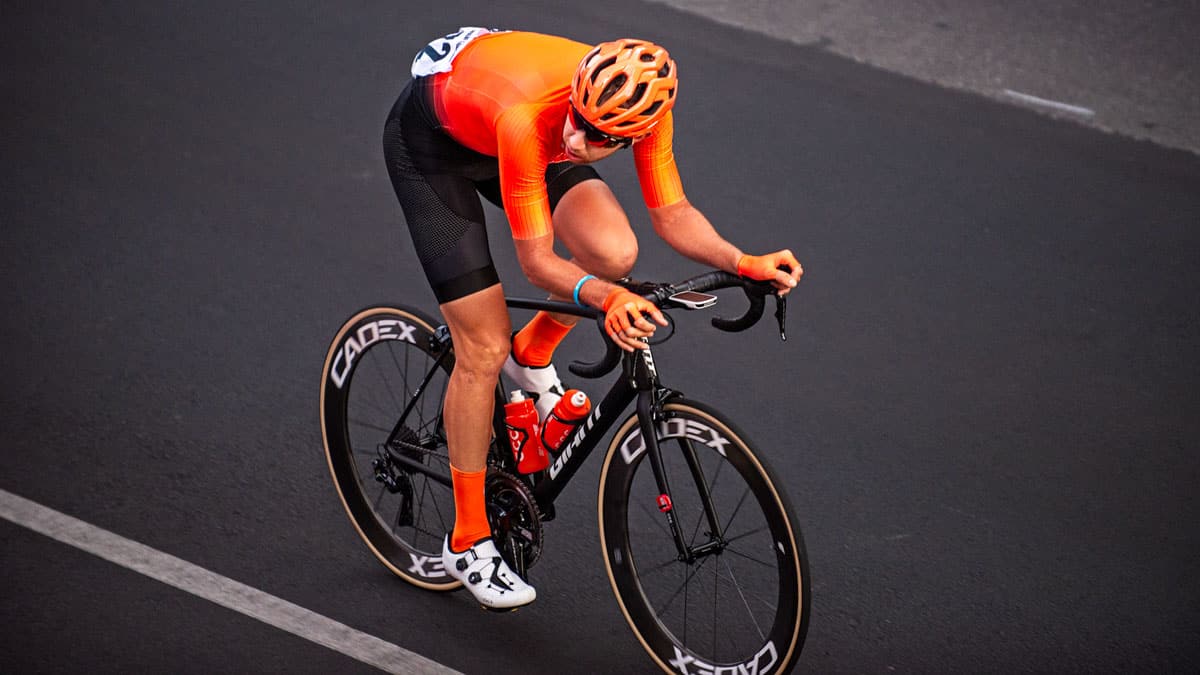How to Maintain Your Base Cycling Fitness
Maintaining base cycling fitness is essential for cyclists of all levels. Whether you’re a seasoned competitor or a weekend enthusiast, your base fitness serves as the foundation for endurance, strength, and overall performance. In this article, we’ll explore practical strategies for maintaining your base cycling fitness year-round.
What is Base Cycling Fitness?
Base cycling fitness refers to the aerobic capacity and endurance that allows you to sustain steady efforts over long periods. It’s the cornerstone of your cycling ability, enabling you to recover quickly and handle higher-intensity efforts during races or group rides.
Why Maintaining Base Fitness is Important
Consistent base fitness ensures you’re always prepared for new training cycles, minimizes the risk of injury, and keeps you in shape even during off-seasons. Without it, you’ll face a longer, harder road back to peak performance.
Strategies to Maintain Base Cycling Fitness
1. Incorporate Consistent Low-Intensity Rides
Low-intensity rides at 60-70% of your maximum heart rate are key to maintaining your aerobic base. Aim for 2-4 sessions per week, depending on your schedule and goals. These rides should be long enough to challenge your endurance without causing fatigue.
2. Mix in Cross-Training
Engaging in activities like swimming, running, or strength training can help maintain your overall fitness and keep your workouts varied. Cross-training reduces the risk of burnout and strengthens muscles that support cycling performance.
3. Focus on Nutrition and Recovery
Fueling your body with a balanced diet rich in carbohydrates, proteins, and healthy fats is crucial for sustained performance. Equally important is prioritizing recovery through adequate sleep and rest days.
4. Use Indoor Cycling Sessions
When outdoor conditions aren’t ideal, indoor cycling is an excellent way to maintain your base fitness. Structured sessions using smart trainers or apps like Zwift, MyWhoosh or FullGaz can keep you motivated and ensure you’re working at the right intensity.
5. Track Your Progress
Regularly monitor your fitness using tools like heart rate monitors, power meters, or fitness apps. Tracking metrics such as Training Stress Score (TSS) or Chronic Training Load (CTL) can provide insights into your progress and help you adjust your training plan.
6. Incorporate Active Recovery Weeks
Every 4-6 weeks, plan a recovery week with reduced intensity and volume. This allows your body to adapt and ensures consistent long-term improvements in fitness.
7. Stay Mentally Engaged
Maintaining motivation is key. Set short-term goals, join group rides, or explore new routes to keep your training enjoyable and purposeful.
Common Pitfalls to Avoid
- Overtraining: Too much intensity or volume can lead to burnout and injury.
- Neglecting Rest Days: Recovery is as important as training.
- Ignoring Nutrition: Poor dietary habits can hinder performance and recovery.
Conclusion
Learning how to maintain your base cycling fitness is a year-round commitment that pays dividends in your overall cycling performance. By following these strategies and staying consistent, you’ll be ready to tackle any challenge that comes your way. Remember, base fitness isn’t just about physical endurance; it’s about building a sustainable and enjoyable cycling lifestyle.
Ready to elevate your cycling performance? Book a free call with me to discuss whether you are a good fit for my coaching program and how I can create a personalised coaching plan to help you achieve your goals.






Leave A Comment